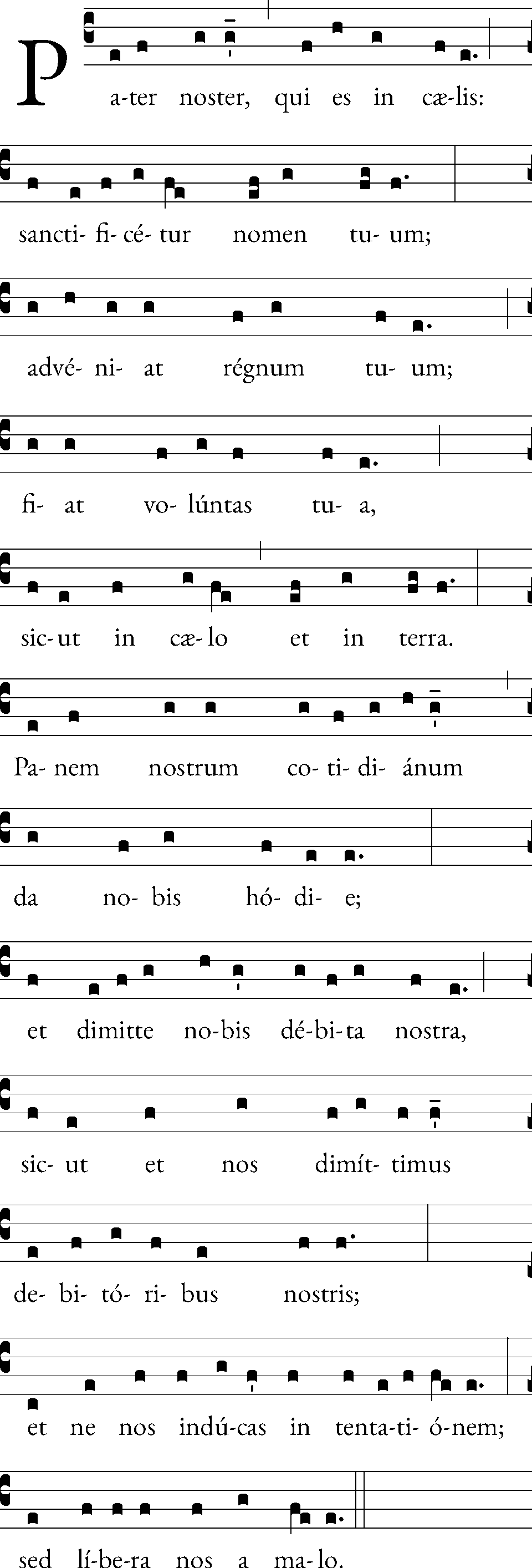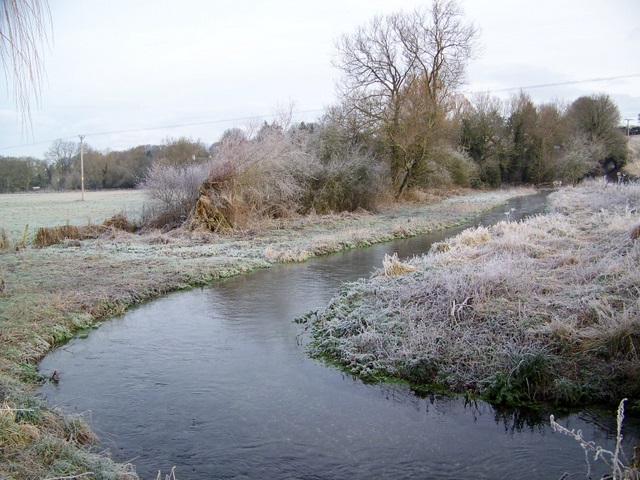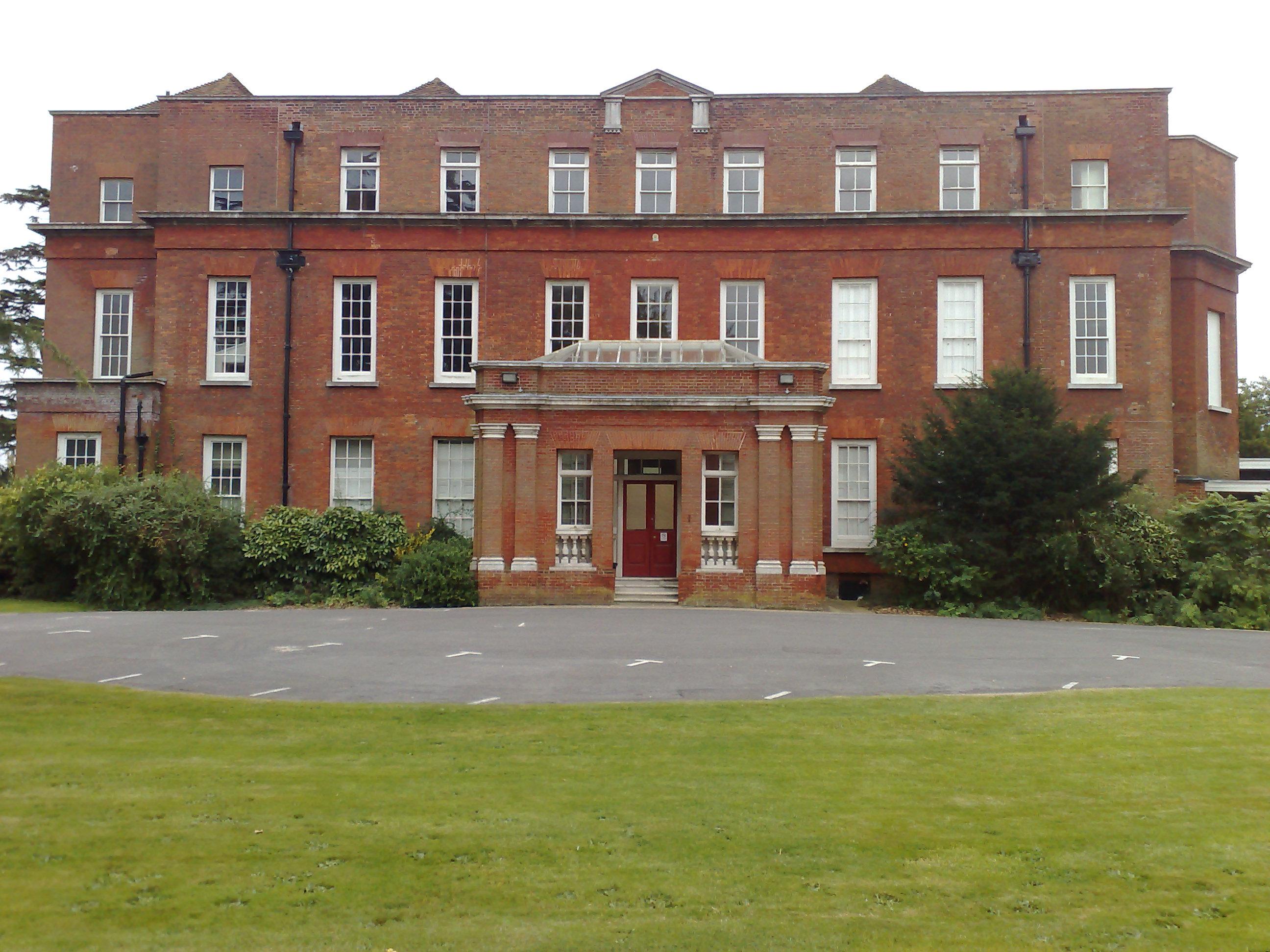|
God's House Hospital
God's House Hospital, also known as the Hospital of St. Julian or Domus Dei (Latin for "God's House") is a refuge for poor travellers in Southampton, England. Much of the complex has now been destroyed, with only four buildings remaining: the gatehouse, God's House Tower, a grade I listed scheduled ancient monument; and the chapel, St. Julien's Church, Southampton, St. Julien's Church, a grade I listed building; and two accommodation blocks dating from the 19th century. The hospital was founded in the 12th century by Gervase le Riche, Burgess (title), burgess and portreeve of Southampton, and in the 14th century it was granted to The Queen's College, Oxford on condition that the College continued to maintain the hospital and meet its original objectives. The College replaced the original buildings in the 19th century and still own the hospital buildings and the chapel. History Foundation The Hospice, or Hospital of God's House – ''Domus Dei'' or ''Maison Dieu'' – was founded ... [...More Info...] [...Related Items...] OR: [Wikipedia] [Google] [Baidu] |
Southampton
Southampton () is a port City status in the United Kingdom, city in the ceremonial county of Hampshire in southern England. It is located approximately south-west of London and west of Portsmouth. The city forms part of the South Hampshire, South Hampshire built-up area, which also covers Portsmouth and the towns of Havant, Waterlooville, Eastleigh, Fareham and Gosport. A major port, and close to the New Forest, it lies at the northernmost point of Southampton Water, at the confluence of the River Test and River Itchen, Hampshire, Itchen, with the River Hamble joining to the south. Southampton is classified as a Medium-Port City . Southampton was the departure point for the and home to 500 of the people who perished on board. The Supermarine Spitfire, Spitfire was built in the city and Southampton has a strong association with the ''Mayflower'', being the departure point before the vessel was forced to return to Plymouth. In the past century, the city was one of Europe's mai ... [...More Info...] [...Related Items...] OR: [Wikipedia] [Google] [Baidu] |
Lord's Prayer
The Lord's Prayer, also called the Our Father or Pater Noster, is a central Christian prayer which Jesus taught as the way to pray. Two versions of this prayer are recorded in the gospels: a longer form within the Sermon on the Mount in the Gospel of Matthew, and a shorter form in the Gospel of Luke when "one of his disciples said to him, 'Lord, teach us to pray, as John taught his disciples. Regarding the presence of the two versions, some have suggested that both were original, the Matthean version spoken by Jesus early in his ministry in Galilee, and the Lucan version one year later, "very likely in Judea". The first three of the seven petitions in Matthew address God; the other four are related to human needs and concerns. Matthew's account alone includes the "Your will be done" and the "Rescue us from the evil one" (or "Deliver us from evil") petitions. Both original Greek texts contain the adjective ''epiousios'', which does not appear in any other classical or Koine Greek ... [...More Info...] [...Related Items...] OR: [Wikipedia] [Google] [Baidu] |
Gussage
Gussage is a series of three villages in north Dorset, England, situated along the Gussage Stream, a tributary of the River Allen on Cranborne Chase, north east of Blandford Forum Blandford Forum ( ), commonly Blandford, is a market town in Dorset, England, sited by the River Stour about northwest of Poole. It was the administrative headquarters of North Dorset District until April 2019, when this was abolished and it ... and north of Wimborne. The stream runs through all three parishes: Gussage All Saints, population 192, Gussage St Michael, pop. 219 (in 2001) and Gussage St Andrew, population unknown, but smaller than the other two villages. External links Census data Villages in Dorset {{Dorset-geo-stub ... [...More Info...] [...Related Items...] OR: [Wikipedia] [Google] [Baidu] |
Richard I Of England
Richard I (8 September 1157 – 6 April 1199) was King of England from 1189 until his death in 1199. He also ruled as Duke of Normandy, Duke of Aquitaine, Aquitaine and Duchy of Gascony, Gascony, Lord of Cyprus, and Count of Poitiers, Counts and dukes of Anjou, Anjou, Count of Maine, Maine, and Count of Nantes, Nantes, and was overlord of Brittany at various times during the same period. He was the third of five sons of King Henry II of England and Eleanor of Aquitaine and seemed unlikely to become king, but all his brothers except the youngest, John, King of England, John, predeceased their father. Richard is known as Richard Cœur de Lion (Norman language, Norman French: ''Le quor de lion'') or Richard the Lionheart because of his reputation as a great military leader and warrior. The troubadour Bertran de Born also called him Richard Oc-e-Non (Occitan language, Occitan for ''Yes and No''), possibly from a reputation for wikt:terseness, terseness. By the age of 16, Rich ... [...More Info...] [...Related Items...] OR: [Wikipedia] [Google] [Baidu] |
Henry II Of England
Henry II (5 March 1133 – 6 July 1189), also known as Henry Curtmantle (french: link=no, Court-manteau), Henry FitzEmpress, or Henry Plantagenet, was King of England from 1154 until his death in 1189, and as such, was the first Angevin king of England. King Louis VII of France made him Duke of Normandy in 1150. Henry became Count of Anjou and Count of Maine, Maine upon the death of his father, Count Geoffrey V, in 1151. His marriage in 1152 to Eleanor of Aquitaine, former spouse of Louis VII, made him Duke of Aquitaine. He became Count of Nantes by treaty in 1158. Before he was 40, he controlled England; large parts of Wales; the eastern half of Ireland; and the western half of France, an area that was later called the Angevin Empire. At various times, Henry also partially controlled Scotland and the Duchy of Brittany. Henry became politically involved by the age of 14 in the efforts of his mother Empress Matilda, Matilda, daughter of Henry I of England, to the Anarchy, claim ... [...More Info...] [...Related Items...] OR: [Wikipedia] [Google] [Baidu] |
Isle Of Wight
The Isle of Wight ( ) is a Counties of England, county in the English Channel, off the coast of Hampshire, from which it is separated by the Solent. It is the List of islands of England#Largest islands, largest and List of islands of England#Most populous islands, second-most populous island of England. Referred to as 'The Island' by residents, the Isle of Wight has resorts that have been popular holiday destinations since Victorian era, Victorian times. It is known for its mild climate, coastal scenery, and verdant landscape of fields, downland and chines. The island is Historic counties of England, historically part of Hampshire, and is designated a UNESCO Biosphere Reserve. The island has been home to the poets Algernon Charles Swinburne and Alfred, Lord Tennyson. Queen Victoria built her summer residence and final home, Osborne House at East Cowes, on the Isle. It has a maritime and industrial tradition of #Neolithic Isle of Wight, boat-building, sail-making, the manufacture ... [...More Info...] [...Related Items...] OR: [Wikipedia] [Google] [Baidu] |
Dorset
Dorset ( ; archaically: Dorsetshire , ) is a county in South West England on the English Channel coast. The ceremonial county comprises the unitary authority areas of Bournemouth, Christchurch and Poole and Dorset. Covering an area of , Dorset borders Devon to the west, Somerset to the north-west, Wiltshire to the north-east, and Hampshire to the east. The county town is Dorchester, in the south. After the reorganisation of local government in 1974, the county border was extended eastward to incorporate the Hampshire towns of Bournemouth and Christchurch. Around half of the population lives in the South East Dorset conurbation, while the rest of the county is largely rural with a low population density. The county has a long history of human settlement stretching back to the Neolithic era. The Romans conquered Dorset's indigenous Celtic tribe, and during the Early Middle Ages, the Saxons settled the area and made Dorset a shire in the 7th century. The first re ... [...More Info...] [...Related Items...] OR: [Wikipedia] [Google] [Baidu] |
Portsmouth
Portsmouth ( ) is a port and city status in the United Kingdom, city in the ceremonial county of Hampshire in southern England. The city of Portsmouth has been a Unitary authorities of England, unitary authority since 1 April 1997 and is administered by Portsmouth City Council. Portsmouth is the most densely populated city in the United Kingdom, with a population last recorded at 208,100. Portsmouth is located south-west of London and south-east of Southampton. Portsmouth is mostly located on Portsea Island; the only English city not on the mainland of Great Britain. Portsea Island has the third highest population in the British Isles after the islands of Great Britain and Ireland. Portsmouth also forms part of the regional South Hampshire, South Hampshire conurbation, which includes the city of Southampton and the boroughs of Eastleigh, Fareham, Gosport, Havant and Waterlooville. Portsmouth is one of the world's best known ports, its history can be traced to Roman Britain, ... [...More Info...] [...Related Items...] OR: [Wikipedia] [Google] [Baidu] |
Botley, Hampshire
Botley is a historic village in Hampshire, England. The village was once described as “the most delightful village in the world” by 18th century journalist and radical politician William Cobbett. The village was developed as a natural crossing point for the River Hamble, and received its first market charter from Henry III in 1267. The village grew on the success of its mill, its coaching inns, and more recently strawberries. Botley today, reflects its heritage and retains its traditional charm. Visitors may walk the self guided Cobbett trail, stop for refreshments at the many excellent local venues, visit the individual shops in the Square or Botley Mills. However, Botley is also cited in extensive scenic countryside, close to Manor Farm, River Hamble Country Park and the River Hamble, the long distance Strawberry Trail, and the picturesque coast of the Solent at Hamble-le-Rice. History When the Romans built a road from Noviomagus Reginorum (Chichester) to Clausentum (So ... [...More Info...] [...Related Items...] OR: [Wikipedia] [Google] [Baidu] |
West End, Hampshire
West End is a parish in Hampshire in the borough of Eastleigh (borough), Eastleigh, east of the city of Southampton. The village of West End is small and generally classed as an area in the outer suburbs or rural urban fringe of the borough of Eastleigh because of the surrounding woodland and countryside, including Telegraph Woods and Itchen Valley Country Park. The village is mainly known for being home of the Rose Bowl (cricket ground), Rose Bowl, the stadium where Hampshire County Cricket Club plays, and occasionally England. Aside from a typical number of listed buildings, listed houses, main landmarks of the parish are Moorgreen Hospital — a large, ornate Victorian building, the original St James School, built in 1901, on the high street, and West End Fire Station — a museum in the centre of the village. History Early history A series of round Tumulus, barrows, dating from the Bronze Age (2000-600 Before Christ, BC), have been discovered in the Moorgreen area ... [...More Info...] [...Related Items...] OR: [Wikipedia] [Google] [Baidu] |
South Stoneham
South Stoneham was a manor in South Stoneham parish. It was also a hundred, Poor law union, sanitary district then rural district covering a larger area of south Hampshire, England close to Southampton. These last four South Stoneham divisions covered much of modern-day north Southampton suburbs and the Borough of Eastleigh. The manor house ( South Stoneham House) and parish church (St Mary) are in Swaythling. Southampton was a second manor, but took over from South Stoneham as a name in general use. Manor and estate of South Stoneham (990–present) A charter dating from 990 relates to the manor of South Stoneham, and archaeological evidence of a Saxon settlement was found during building works in the area immediately around the current South Stoneham House. The manor of South Stoneham was originally called Bishop's Stoneham, and was held by the Bishop of Winchester at the time of the Domesday Book. Other than St. Mary's Church (which is close to South Stoneham House but pre ... [...More Info...] [...Related Items...] OR: [Wikipedia] [Google] [Baidu] |
Messuage
In law, conveyancing is the transfer of legal title of real property from one person to another, or the granting of an encumbrance such as a mortgage or a lien. A typical conveyancing transaction has two major phases: the exchange of contracts (when equitable interests are created) and completion (also called settlement, when legal title passes and equitable rights merge with the legal title). The sale of land is governed by the laws and practices of the jurisdiction in which the land is located. It is a legal requirement in all jurisdictions that contracts for the sale of land be in writing. An exchange of contracts involves two copies of a contract of sale being signed, one copy of which is retained by each party. When the parties are together, both would usually sign both copies, one copy of which being retained by each party, sometimes with a formal handing over of a copy from one party to the other. However, it is usually sufficient that only the copy retained by each pa ... [...More Info...] [...Related Items...] OR: [Wikipedia] [Google] [Baidu] |





2009.jpg)

_-_geograph.org.uk_-_1404576.jpg)
